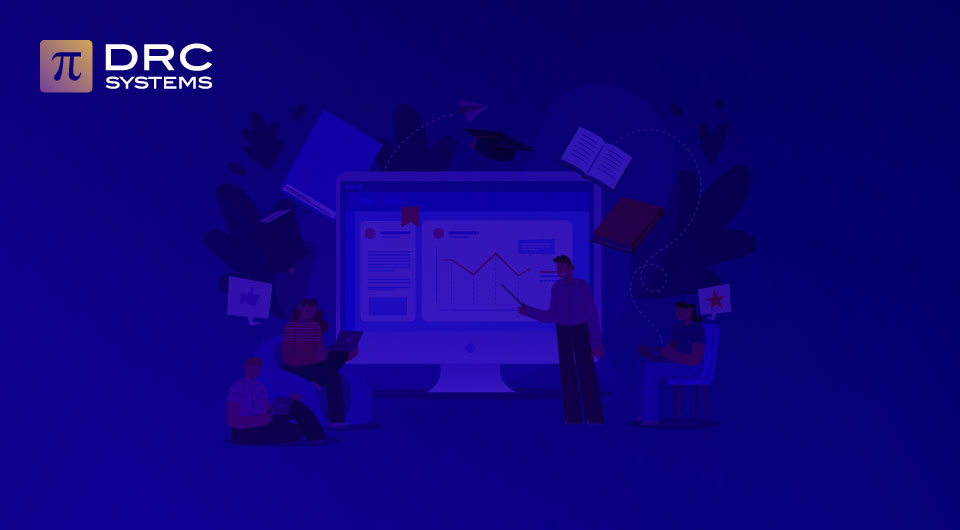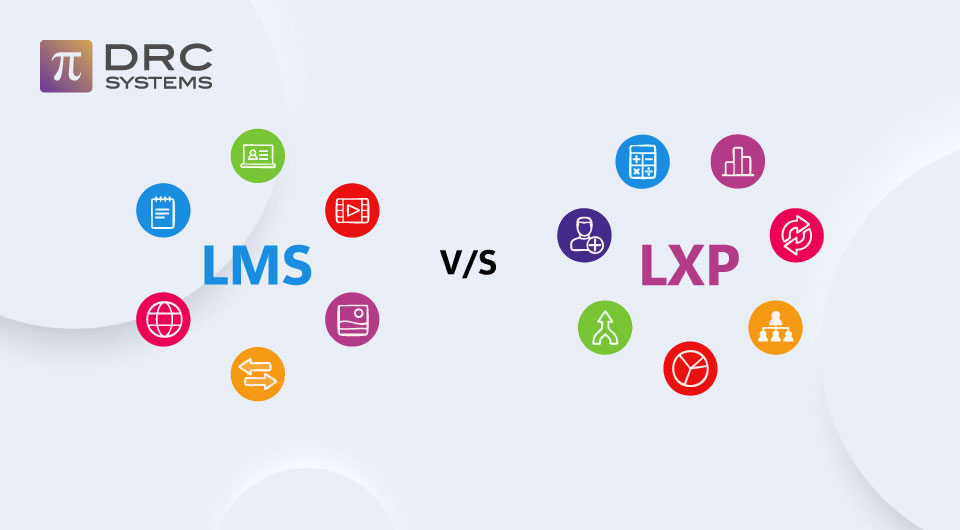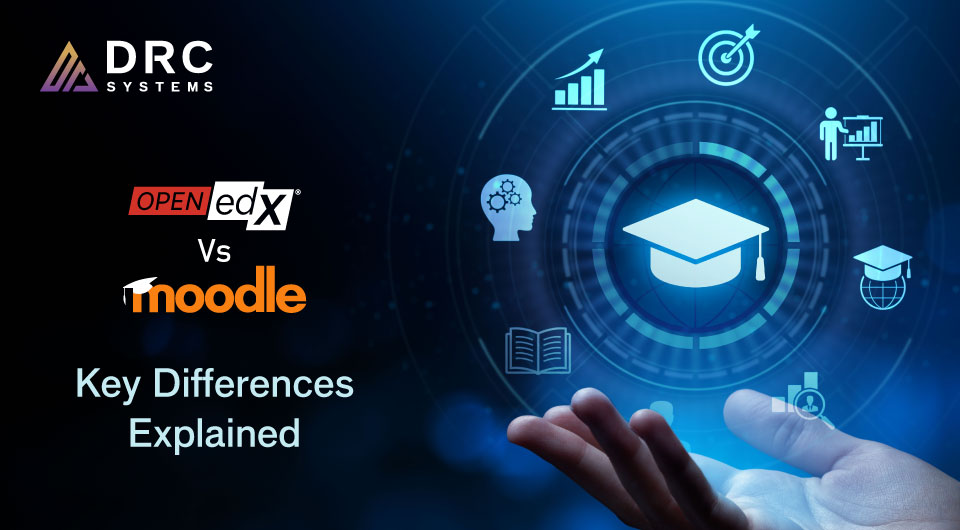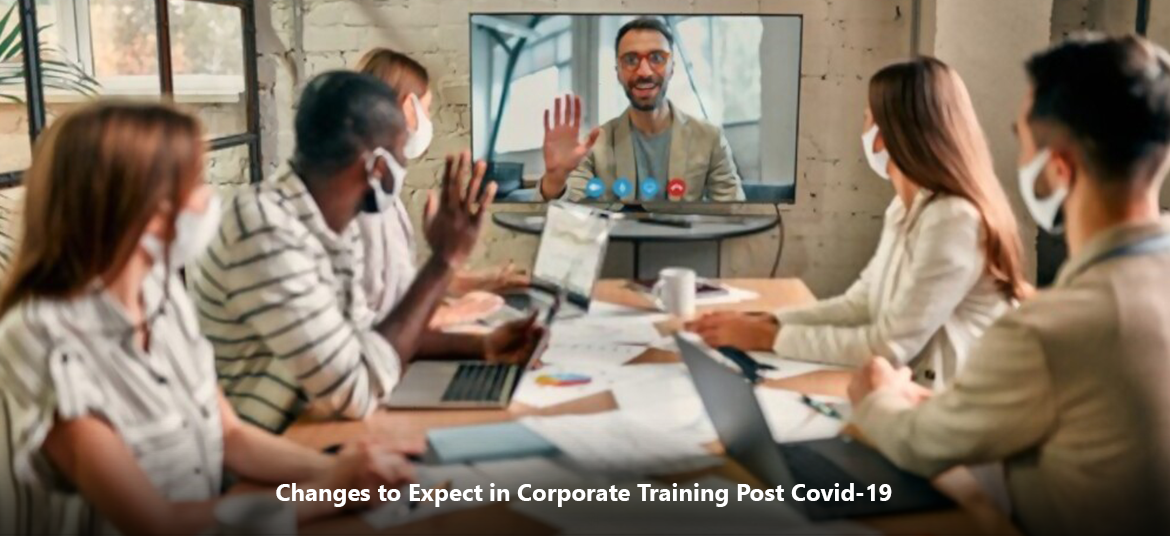Related Articles
LMS vs LXP: Why Open edX is the Best of Both Worlds for Businesses
Companies cannot thrive without a talented workforce. How do employees become proficient? Through the right training—here’s why investing in the…
Read The PostOpen edX vs Moodle: What Separates Them?
When the question arises about which is the best online learning platform for the world, two platforms are widely talked…
Read The PostChanges to Expect in Corporate Training Post COVID-19
The COVID-19 pandemic has transformed corporate learning. Discover the key post-pandemic changes.
Read The Post


